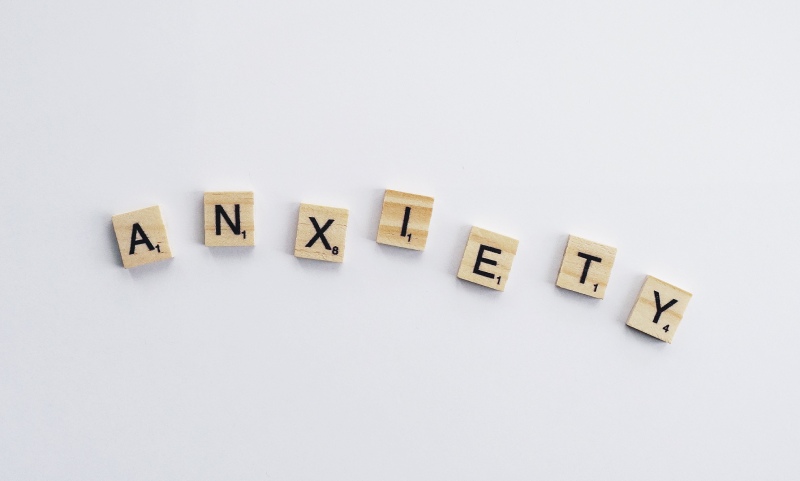Living with anxiety can be incredibly challenging, affecting not only your mental well-being but also your physical health. Thankfully, there are effective therapeutic approaches that can help you manage and overcome anxiety. In this article, we’ll explore two popular methods: Cognitive-Behavioral Therapy (CBT) and Somatic Therapy. By the end, you’ll have a better understanding of these therapies and be better equipped to choose the one that suits your needs best, especially when dealing with trauma or non-verbal states.
Cognitive-Behavioral Therapy (CBT)
CBT is a widely recognized and extensively researched form of therapy that has proven effective in treating various mental health issues, including anxiety. It focuses on the relationship between your thoughts, feelings, and behaviors.
How CBT Works for Anxiety
Identifying Negative Thought Patterns: In CBT, you’ll work with a therapist to identify negative thought patterns that contribute to your anxiety. These thoughts are often irrational and unhelpful.
Challenging Negative Thoughts: Once these thoughts are identified, you’ll learn to challenge and reframe them. This helps you develop a more balanced and realistic perspective.
Behavioral Techniques: CBT incorporates behavioral techniques to help you gradually confront anxiety-inducing situations. This process is known as exposure therapy.
Developing Coping Strategies: You’ll also learn practical coping strategies, such as relaxation techniques and problem-solving skills, to manage anxiety effectively.
Homework Assignments: CBT often involves homework assignments to practice new skills between sessions, empowering you to take an active role in your recovery.
Somatic Therapy
Somatic Therapy, on the other hand, is a holistic approach that focuses on the mind-body connection. It acknowledges that mental and emotional issues can manifest as physical sensations or symptoms.
How Somatic Therapy Works for Anxiety
Body Awareness: Somatic therapy begins with developing awareness of bodily sensations. It teaches you to notice how stress and anxiety manifest physically.
Breathing and Relaxation Techniques: You’ll learn various breathing and relaxation exercises to help you regulate your body’s response to stress and anxiety.
Mindful Movement: Somatic therapy often includes mindful movement practices like yoga or tai chi, which can be particularly beneficial for grounding and calming the body.
Trauma-Informed Approach: For individuals with anxiety rooted in trauma, somatic therapy can help process and release stored trauma in the body.
Integration: The ultimate goal is to integrate the mind and body, promoting a sense of well-being and reducing anxiety symptoms.
Bottom-Up vs. Top-Down Approach
It’s crucial to recognize the difference between these therapies regarding the way they address anxiety and trauma:
Bottom-Up Approach (Somatic Therapy): Somatic therapy is a bottom-up approach because it starts with the body’s physical sensations and emotions, aiming to regulate them first before addressing cognitive aspects. This is particularly effective for individuals who have experienced trauma in a pre-verbal or non-verbal state, as trauma often resides in the body’s implicit memory.
Top-Down Approach (CBT): CBT is a top-down approach as it primarily targets cognitive processes and thought patterns. While it can be effective for many, individuals who have experienced trauma in non-verbal states may find CBT inadequate because it may not directly address the somatic aspects of their anxiety or trauma.
Choosing the Right Therapy for You
CBT Might Be Right If: You prefer a structured and goal-oriented approach, are comfortable with discussing thoughts and emotions in detail, and want to challenge and change specific thought patterns contributing to your anxiety.
Somatic Therapy Might Be Right If: You’re interested in a holistic approach that addresses the physical and emotional aspects of anxiety, are open to body-focused practices, or have experienced trauma that may be contributing to your anxiety, especially in non-verbal or pre-verbal states.
Conclusion
Both CBT and Somatic Therapy are effective approaches for managing anxiety. The choice between them ultimately depends on your personal preferences and needs, especially if you have experienced trauma in non-verbal states. Some individuals even find it beneficial to combine elements of both therapies. Remember, the most important factor is finding a therapist who specializes in the approach you choose and with whom you feel comfortable. Seeking therapy is a proactive step towards better mental health, and with the right guidance and support, you can learn to manage and eventually overcome your anxiety, leading to a happier and healthier life.
